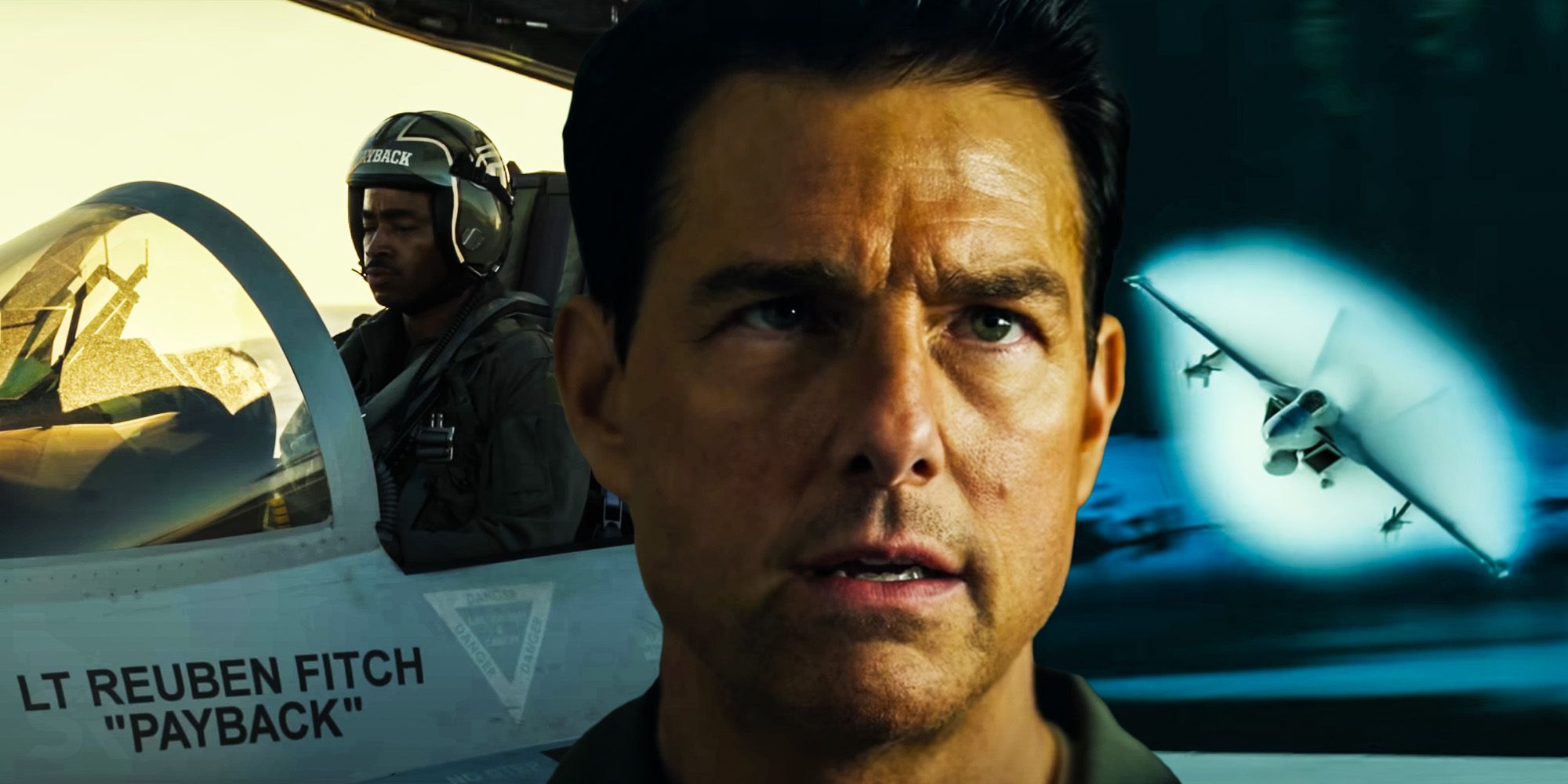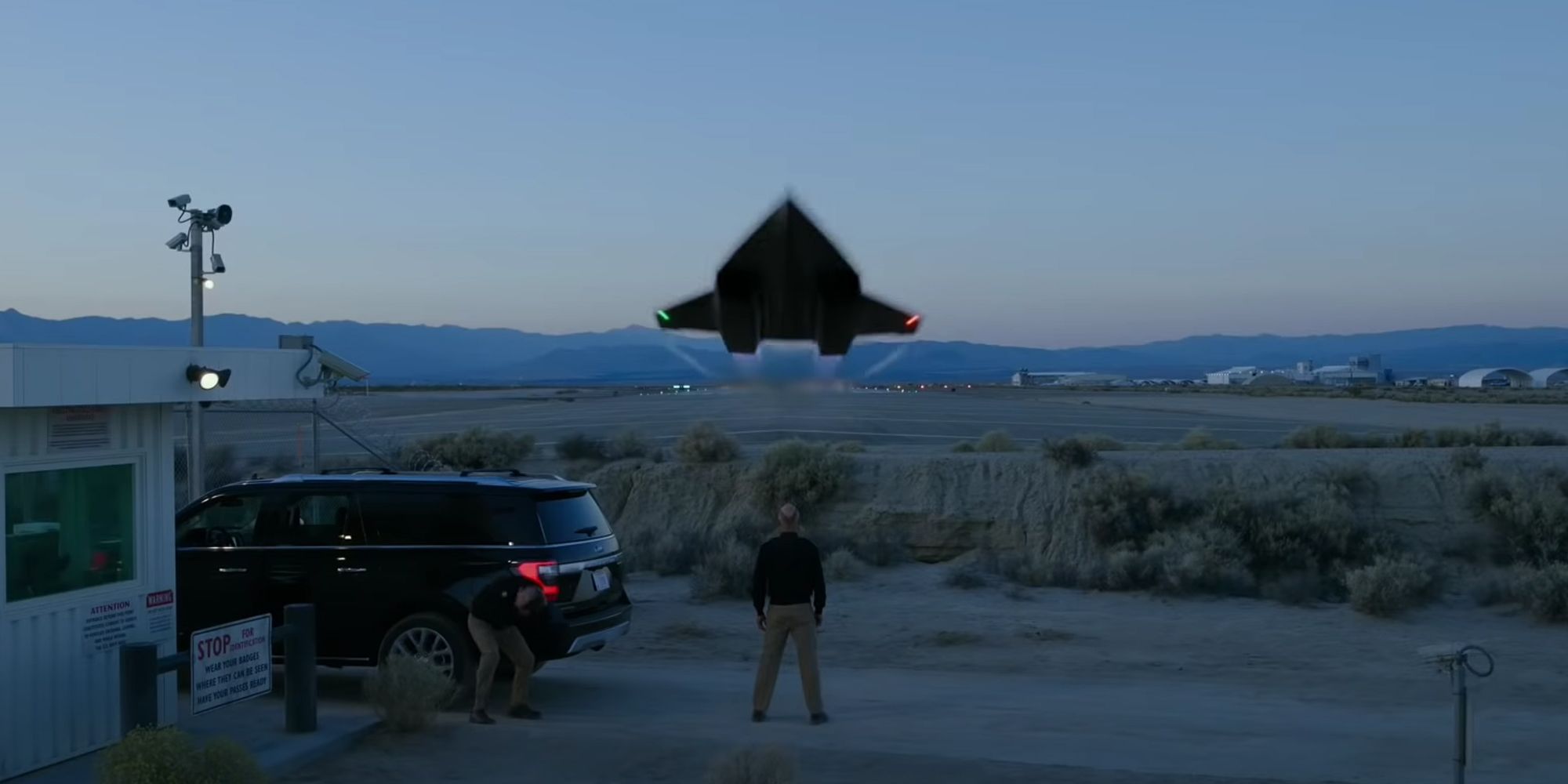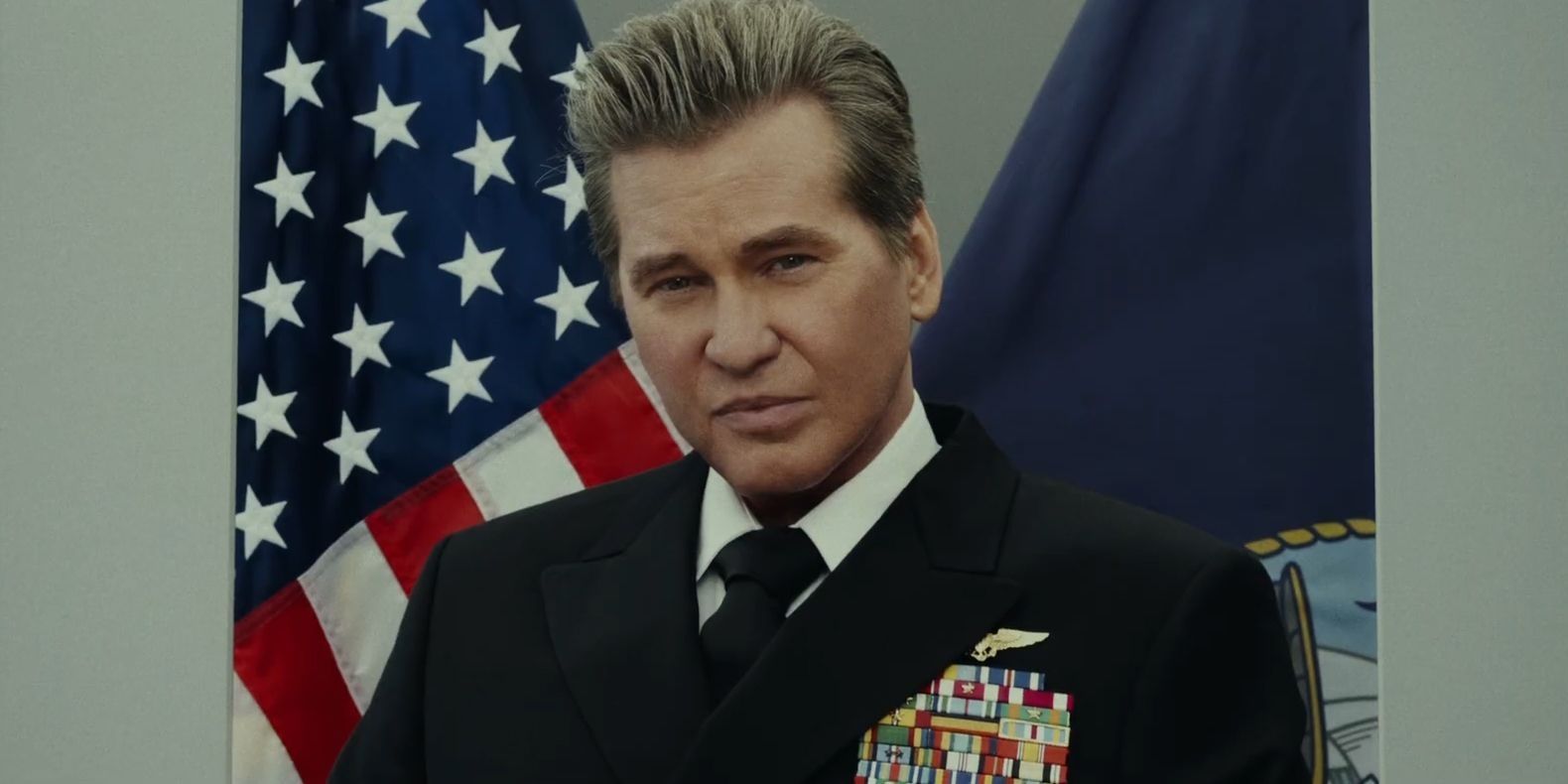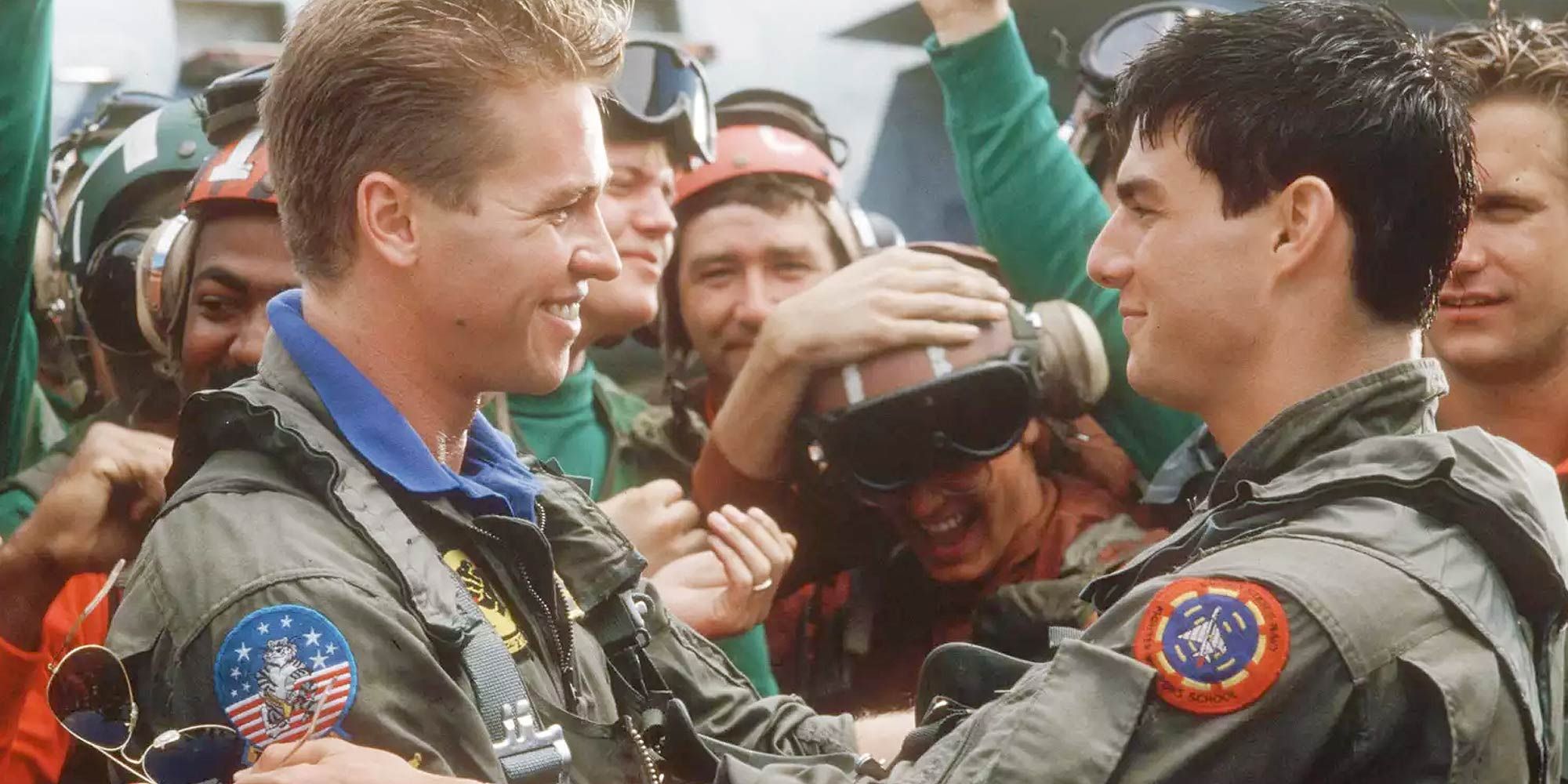
There is ample military terminology used in Top Gun: Maverick, but fortunately, the Navy’s glossary is easy to break down. Top Gun: Maverick’s stellar reviews prove the movie is a worthy follow-up to 1986’s cult classic original. However, the long-awaited sequel shares one problem with Top Gun.
Despite being a relatively light-hearted blockbuster, Top Gun used many potentially confusing military terminology in its screenplay. Top Gun: Maverick continues this trend, with characters referring to “wingmen” and “fifth-generation fighters” without explaining these phrases. Luckily, a glossary can be provided for those unable to differentiate a Rear Admiral from a Vice Admiral.
One of the most important points to clarify is that Top Gun: Maverick centers on the Navy, not the Air Force. As a result, all of the terminology used in the sequel refers to ranks, technology, and slang that will be familiar to members of the Navy, even though the movie’s high-flying action is almost entirely airborne. In fact, Tom Cruise’s Maverick gets some shtick for this when his love interest mocks him for not knowing the first thing about sailing despite serving in the Navy for decades. Here's Top Gun: Maverick's key terms and relevant Navy glossary excerpts explained.

First off, ‘Mach’ refers to an object’s relative speed in ratio to the speed of sound. Mach 1 is the speed of sound, Mach 2 is twice that, and so on. The (fictional) aircraft that Maverick takes to Mach 10 in the opening scene of Top Gun: Maverick is traveling at 10X the speed of sound. When it comes to plane models, the “Super Hornets” that Maverick recommends for the movie’s pivotal mission are a pair of Boeing F/A-18E/F A fighter planes, notable for having two seats rather than one. The SU-57 Felons that the enemy combatants utilize are real fifth-generation fighter planes manufactured in Russia, unlike the original Top Gun’s fictional MiG-28 jets. The term “fifth generation,” meanwhile, refers to how recently the plane’s technology was developed. SU-57 Felons are fifth-generation fighter planes developed between 2010 and 2020. In contrast, Super Hornets could more accurately be classed as 4.5 generation planes (having begun their development in 1997, just before the fifth generation informally began around 2000).

Navy ranks are vital to Top: Gun: Maverick’s story. Iceman is a four-star Admiral when the sequel takes place, making him the highest-ranked of the movie’s main cast. Maverick is still only a Captain, which would be unusual for a pilot as decorated as he is and merits mention from a few of his superiors. This means that Ed Harris’s Rear Admiral Cain has the power to discipline Maverick, but Jon Hamm’s Vice Admiral Simpson can overturn his commands on behalf of Admiral Iceman. The pecking order goes Maverick at the bottom, then Cain, then Simpson, and finally Iceman at the top. As for less formal roles, the all-important job of "wingman" refers to the pilot positioned behind/outside the leader of a formation, providing him security and support.

Top Gun: Maverick wisely takes pains to avoid mentioning its villains' political allegiances and nationality, with the sequel not even naming the continent where their uranium plant is located. However, Jennifer Connelly’s character does say that Maverick flew in “Bosnia, and Iraq—both times.” NATO intervention in Bosnia and Herzegovina lasted from 1992 to 2004, whereas the two Iraq invasions being referred to occurred in 1990 and 2003, respectively. Top Gun: Maverick follows John Carpenter’s sage advice and offers no other mention of real-life conflicts. As a result, it is tough for Top Gun: Maverick viewers to discern whose fifth-generation fighters are seen in the movie, although possible candidates include Russia, Turkey, Algeria, the United Arab Emirates, and India judging by the potential SU-57 Felon buyers.
Want more Top Gun: Maverick articles? Check out our essential content below...
- Top Gun: Maverick Ending Explained (In Detail)
- Top Gun: Maverick New Cast & Returning Character Guide
- Everything We Know About Top Gun 3
- Does Top Gun: Maverick Have A Post-Credits Scene?
- How Much Of Top Gun 2 Is Real & How Much Is CGI?
Comments
Post a Comment